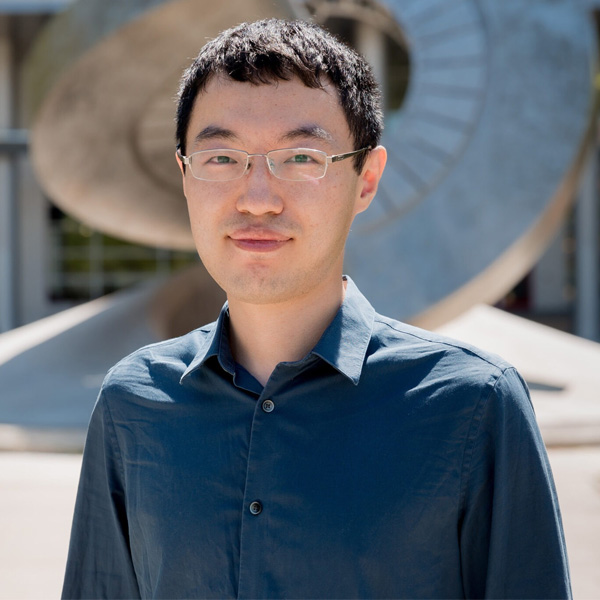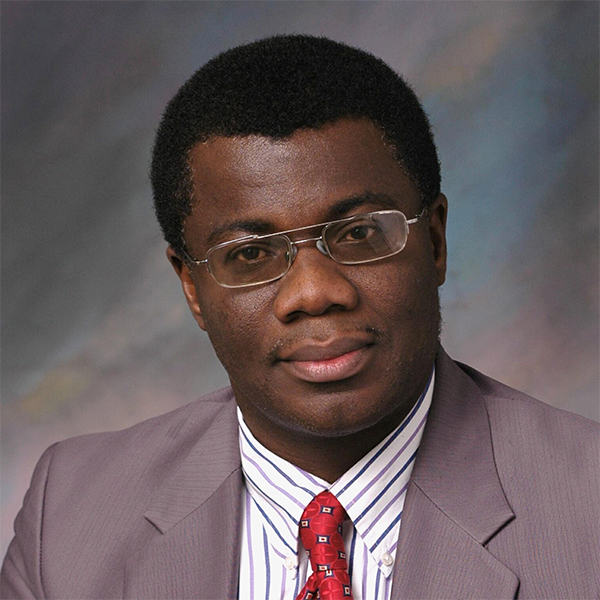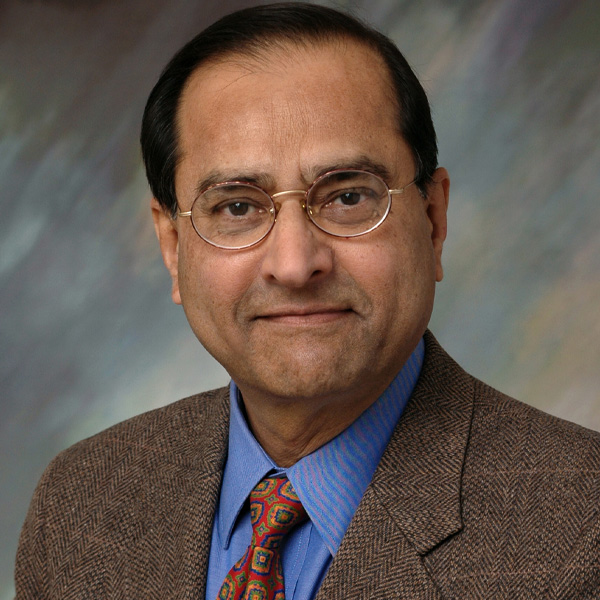Large Network Multi-Level Control for CAV and Smart Infrastructure: AI-based Fog-Cloud Collaboration
Principal Investigator(s):
Sikai Chen, Post-Doctoral Researcher – Center for Connected and Automated Transportation
Post-Doctoral Researcher – NEXTRANS Center at Purdue University
Visiting Research Fellow – Robotics Institute at the School of Computer Science at Carnegie Mellon University
Samuel Labi, Professor of Civil Engineering – Purdue University
Director – NEXTRANS
Associate Director – Center for Connected and Automated Transportation (CCAT)
Kumares Sinha, Edgar B. and Hedwig M. Olson Distinguished Professor of Civil Engineering – Purdue University
Project Abstract:
The vast expanse of prospective CAV traffic networks is expected to exponentially increase the information availability and complexity of inter-agent interactions. In such an environment, a single system is inadequate to make decisions for all the agents individually, and therefore, multilevel system decomposition is needed. Further, due to the large amount of generated information that is redundant and therefore irrelevant to the specific decisions, the overall effectiveness and efficiency of the decision processors may be compromised. Thus, it is essential to design the subsystems that are capable of automatically identifying relevant data to make operational decisions based on the tasks and goals. To address this issue, the proposed research proposes a framework to decompose large transportation networks using a Fog-Cloud collaboration structure. That way, AI and optimization techniques can be scaled up to larger transportation networks with minimal compromises being made in real-time decision making. In effect, the multi-scale architecture of Fog-Cloud collaboration causes separation of the tasks based on their respective scales and decision levels, decomposes the large network, and decentralizes the computation. This research will address regional decision tasks (which require low latency) and network decision tasks (which require high computational capacity). By assigning regional decision tasks to the fog layer and network decision tasks to the cloud layer, we anticipate that systemic efficiency can be improved.
Institution(s): Purdue University
Award Year: 2021
Research Thrust(s): Control & Operations, Enabling Technology, Infrastructure Design & Management, Modeling & Implementation
Project Form(s):




